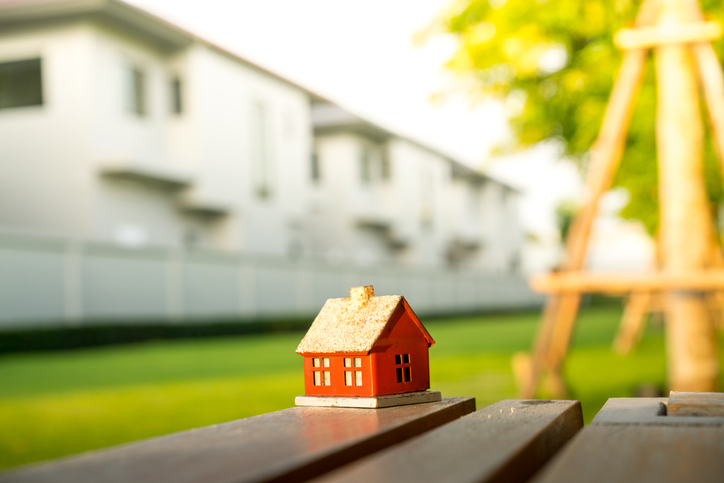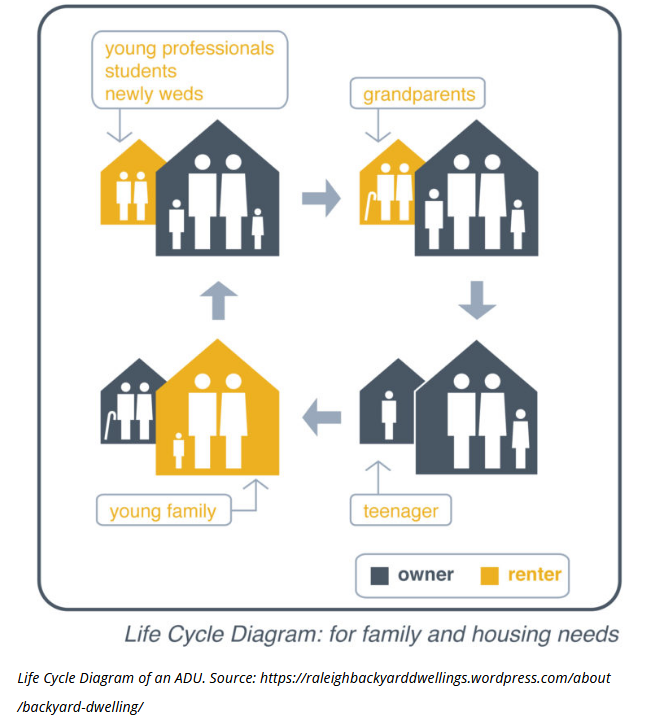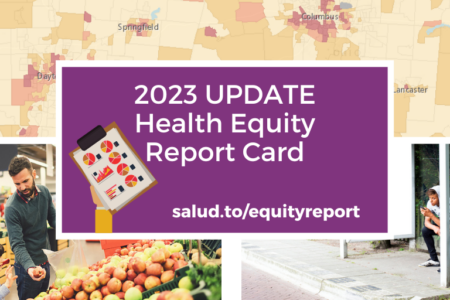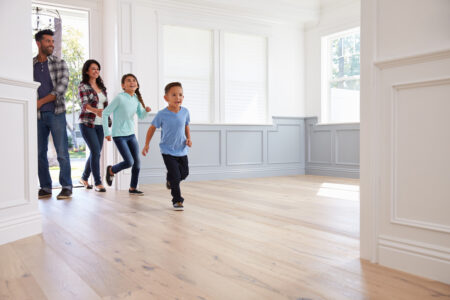
Share On Social!
The American housing market is at its least affordable in 10 years.
Home prices in California (39.1% Latino), which are among the highest in the U.S., have risen due to the state’s rapid population growth and construction efforts being unable to keep up.
In Los Angeles County (48.6%), more than 15,000 individuals live in cars, vans, and mobile homes — it is home to the country’s highest number of unsheltered homeless people.
Yet, more than half the land Los Angeles and San Fransisco is filled by neighborhoods in which 90% of housing units are single-family homes, according to a recent New York Times report.
In hopes of helping reduce these problems, the California state legislature passed numerous reforms reducing regulations on accessory dwelling units over the past two years including basement apartments, garage conversions, and backyard cottages.
So, What are Some Options?

An accessory dwelling unit (ADU) is a self-contained housing unit located on the same property as a single-family home.
Often referred to as granny flats, guest houses, or casitas, Californians have recognized them as an essential housing option for renters as well as homeowners.
For example, converting a garage into an ADU can provide housing to older children, elderly family members, caretakers, guests, or friends. Moreover, they can generate an income to make ownership more affordable for the homeowner.
ADUs also allow individuals greater flexibility to support their multi-generational household onsite, reduce overcrowding and even provide a source of wealth generation if the ADU were rented.
Habitable living units added to, created within, or detached from a primary single-family dwelling can be a strategy for mitigating displacement — especially in single family, lower-income neighborhoods.
Two years after California’s bill passed, Los Angeles ADUs building permits have surged by a factor of 30.
In hopes of helping homeless veterans, the U.S. Department of Veterans Affairs could subsidize converting potential living spaces if the homeowner allows a veteran to occupy the new apartment at a low rent for five years. After that period, the homeowner would have unrestricted use of the property.
Can ADUs Slove Affordability Barriers?

Affordable housing should generally cost a resident no more than 30% of their income. However, this measure does not include the transportation cost associated with the home’s location.
“Accessory dwelling units were identified by the affordable housing task force for the city and the county as an opportunity to expand our affordable housing stock,” Glenn Harbeck, the City of Wilmington, North Carolina’s (6.3% Latino) Director of Planning told Port City Daily.
Solving insufficient affordable housing challenges should be a high priority at the federal to the local level. Yet, lawmakers struggle to address these issues.
An ADU plan could leverage the advantages of private home ownership, thereby increasing the affordable housing supply.
Each city has adopted a set of zoning reforms, sometimes in combination with financial incentives and outreach programs, to spur ADU construction. Due to these changes as well as the acceleration of the housing crisis in each city, ADUs have begun blossoming.
Homeowners gain access to loan capitals, find opportunities to add significant equity to their home, and earn a stream of rental income through AUDs.
Other ADUs advantages include:
- No land cost
- For the tenant, lower rent rates
- Disperses, rather than concentrates, affordable housing
- For the homeowner, income to offset mortgage
- Graceful density, fewer construction projects, and less traffic
- Promotes economic diversity
What is new in ADU?
Though legislators in California and Oregon (13.2% Latino) have updated their state’s ADU policies over the last three years, neither state has passed the kinds of comprehensive and impactful reform that are needed.
In California, the legislature updated Accessory Dwelling Units law effective January 1, 2018, to clarify and improve various provisions to promote ADU development.
These include:
- Allowing ADUs to be built concurrently with a single-family home
- Making all zoning districts that enable single-family uses eligible for AUDs
- Modifying fees from utilities, such as special districts and water corporations
- Reducing parking requirements
In Los Angeles, Mayor Eric Garcetti announced that the city won a $1 million grant through the Bloomberg Philanthropies Mayors Challenge to fund a program that will pair homeless residents with homeowners who have space on their properties for an ADU.
In an attempt to alleviate the growing homelessness problem in Los Angeles County, government officials want to pay homeowners to build or renovate existing dwellings to house people. The country’s Measure HHH also states the city will contribute $1.2 billion over the next decade to make thousands of new permanent, supportive housing units geared toward homeless residents.
In Washington (12.7%), cities that cut AUD red tape have seen permit applications spike.
Portland (9.7%) has also witnessed tremendous growth in annual ADU permit applications since lifting several construction restrictions. In particular, the city experienced a nearly four-fold increase in permit applications after waiving system development charges on ADUs in 2010.
The Twin Cities in Minnesota (5.4%), passed ordinances permitting ADUs in recent years. Property owners and city planners have touted the housing structures as a low-key solution to adding more housing without changing the look and feel of neighborhoods, or upsetting people who do not want taller buildings near their homes.
In 2017, Austin City Council approved a series of reforms that accelerated the number of permits for ADUs.
ADU efforts join a broader set of housing solutions in development to keep Austin (34.5%) affordable. In 2016, the city unveiled a draft of its first-ever housing plan.
Limitation of ADU

Department of Housing and Community Development tries to answer some few questions regarding ADUs in their website, which also explains how they administer its ADU program.
Check out more stories on Affordable housing in many major cities in the U.S.
Explore More:
HousingBy The Numbers
56.9
percent
of Latinos are "housing cost burdened"



